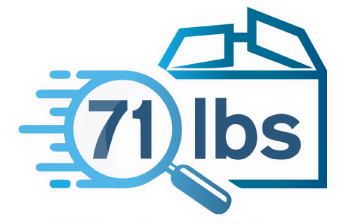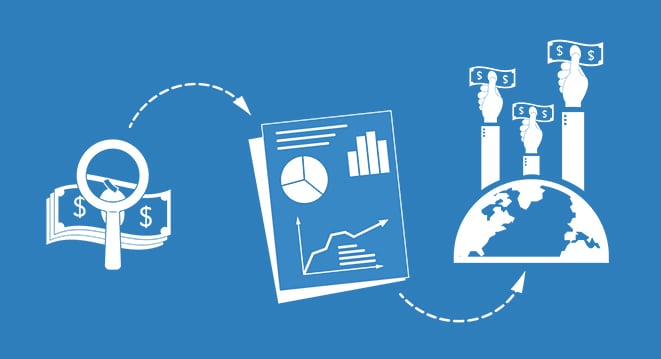Foreign Trade Zones save hundreds of American businesses money, but they’re still a well-kept secret. Is 2020 the year your business enters the Zone?
Are Foreign Trade Zones (FTZs) the place to be in 2020? Upwards of 2,900 U.S. businesses already use one of the 296 FTZs currently in operation to optimize their shipping operations. There are many benefits available to businesses utilizing FTZs, and there will be even more zones and bigger savings opportunities this year.
Shipments that arrive in the U.S. from NAFTA partner countries — Mexico, USA and Canada — and will be shipped to one of the same can see a significant reduction in customs duties if they stay in an FTZ while in the United States. And setting up a free trade zone isn’t as hard or costly as you might think. Businesses are not charged a fee for their first zone application, and there’s no limit to the number of FTZs that may be set up for a particular market.
If you're a manufacturing company that assembles products inside an FTZ, they will be considered to have been manufactured abroad, which grants significant tariff savings. Federal excise taxes won’t be applied until the product enters American territory, and there’s no limit to how long the goods may stay in your FTZ. Likewise, any goods in an FTZ may be exported without duty and excise tax or even stored in the FTZ indefinitely.
Perhaps the biggest advantage is that FTZs connected to manufacturing and distribution allow Weekly Entry procedures. This means there’s no need to file a customs entry — or pay the fee — for every individual shipment. That can mean huge savings depending on the size of your operation.
Why 2020 may be a very good year for FTZs
Erik Autor, president of the National Association of Foreign Trade Zones (NAFTZ), believes that FTZs will play a crucial role in 2020 and that expanding the number of zones would help create jobs, attract investment and promote trade.
FTZs may well come to be called “comfort zones” in the face of international trade tensions and tariff rate instability. At a time when U.S. duty rates have leaped from 2% to between 15% and 30%, businesses operating within an FTZ will have a savings advantage over their competitors.
Let 71lbs boost your savings potential
Whether you operate your own FTZ, go through a carrier or forgo FTZs completely, 71lbs can scrutinize your operational expenses to discover all possible savings. Our experienced team of shipping advocates will help with everything from contract negotiations and logistics savings to insurance and lost and damaged claims.
We’re here to provide more insight and advice on FTZs and the state of shipping savings today. Get in touch at the link below and we’ll get to work for you.
At 71lbs, we focus on two things: a) helping customers save money on shipping, and b) helping customers understand their shipping costs. We provide refunds and savings on shipping insurance, freight and imports, among other benefits. Our automated dashboard displays easy-to-understand shipping costs and insights so you can make better business decisions. Visit our contact page to get in touch!



